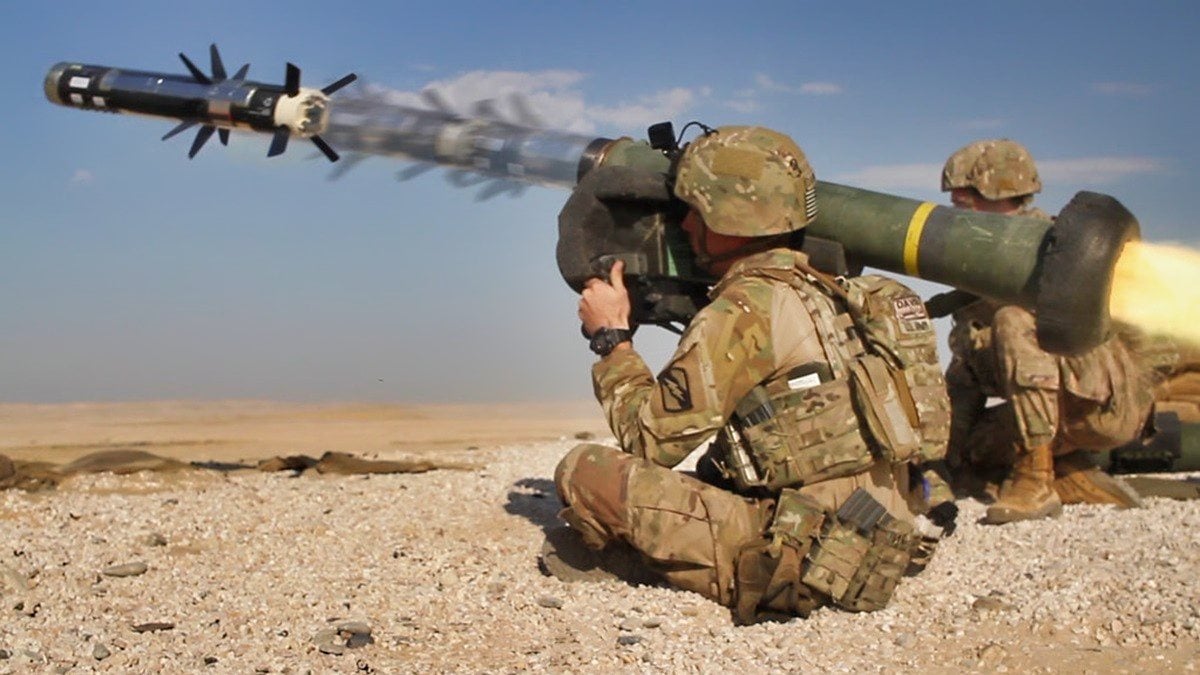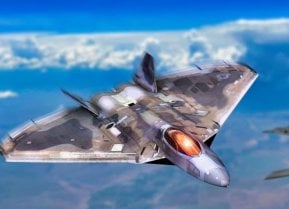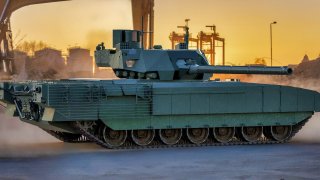Russia's T-14 Armata Tank: A Game Changer or Simply a Big Joke?
Russia deployed its newest T-14 Armata last spring, hoping its more modern capabilities could make a difference on the front lines.
Russia’s T-14 Armata Update: Russia’s fleet of main battle tanks (MBTs) have taken a major hit throughout the country’s ongoing invasion of Ukraine.
From Soviet-era tanks and near World War II relics to more modern variants, Moscow’s armored vehicles have struggled against Ukraine’s arsenal of Western-delivered anti-tank weaponry.
In fact, independent analysts have confirmed that Russia has lost at least 2,600 MBTs since the war began two years ago this month.
Moscow deployed its newest T-14 Armata last spring, hoping its more modern capabilities could make a difference on the front lines.
However, Armatas were withdrawn shortly after and have not been seen in Ukraine since.
The history of the T-14 Armata
The Armata was derived from the cancellation of the T-95 in 2010. Around this time, Russian engineers began conceptualizing its Object 148 project, resulting in the Armata. The new Russian tank first appeared publicly in 2015 during Moscow’s annual Victory Day Parade.
By 2020, Russia’s Minister of Industry and Trade announced that the new MBT had been combat-tested in the Syrian Arab Republic.
However, the tank’s production timeline was soon halted when Russia invaded Ukraine in February 2022.
The Russian Army originally intended to acquire roughly 2,300 T-14s between 2015-2020.
In late 2021, this number was drastically cut when Russian news outlets disclosed that “more than 40” T-14 MBTs were anticipated to be delivered to the Russian Army after 2023.
Specs and capabilities of the T-14 Armata Tank
Perhaps the most poignant difference between the Armata platform and preceding Russian tanks is its unmanned turret.
In the T-14, crew members are positioned in a better-protected and isolated compartment, which improves their survivability.
As explained by Military Watch Magazine, the MBT is fitted with Malachit explosive reactive armor and the AFGHANIT active protection system, further adding protective layers for crew members. In terms of armaments, each Armata tank is equipped with an unmanned turret mounting a 125mm 2A82-1M smoothbore gun. The turret can carry a total of 45 rounds of ammunition while the main gun can also fire laser-guided missiles.
The Armata in Ukraine:
Last year, British military intelligence first reported that Moscow was hesitant to deliver its T-14 tanks to the frontlines in Kyiv due to their “poor condition.”
As outlined by the British military, “Production is probably only in the low tens while commanders are unlikely to trust the vehicle in combat. Eleven years in development, the program has been dogged with delays, reduction in planned fleet size, and reports of manufacturing problems.”

Despite these issues, Russia did ultimately send Armata tanks to Ukraine in April 2023. The T-14 made its first appearance in Kyiv when videos depicting an Armata firing upon Ukrainian positions circulated in May. The introduction of this tank series to the war was not a surprise, considering the abysmal performances of Russia’s other tanks.
Ukraine’s heavy supply of FGM-148 Javelins, HIMARS, and unmanned aerial vehicles (UAVs) have wreaked havoc on Moscow’s inventory.

Clearly, the T-14 Armatas did not perform up to standard since they were removed from the conflict by the summertime.
About the Author
Maya Carlin, National Security Writer with The National Interest, is an analyst with the Center for Security Policy and a former Anna Sobol Levy Fellow at IDC Herzliya in Israel. She has by-lines in many publications, including The National Interest, Jerusalem Post, and Times of Israel. You can follow her on Twitter: @MayaCarlin.
Image Credit: Main Image is from Shutterstock. All others are from Creative Commons.


